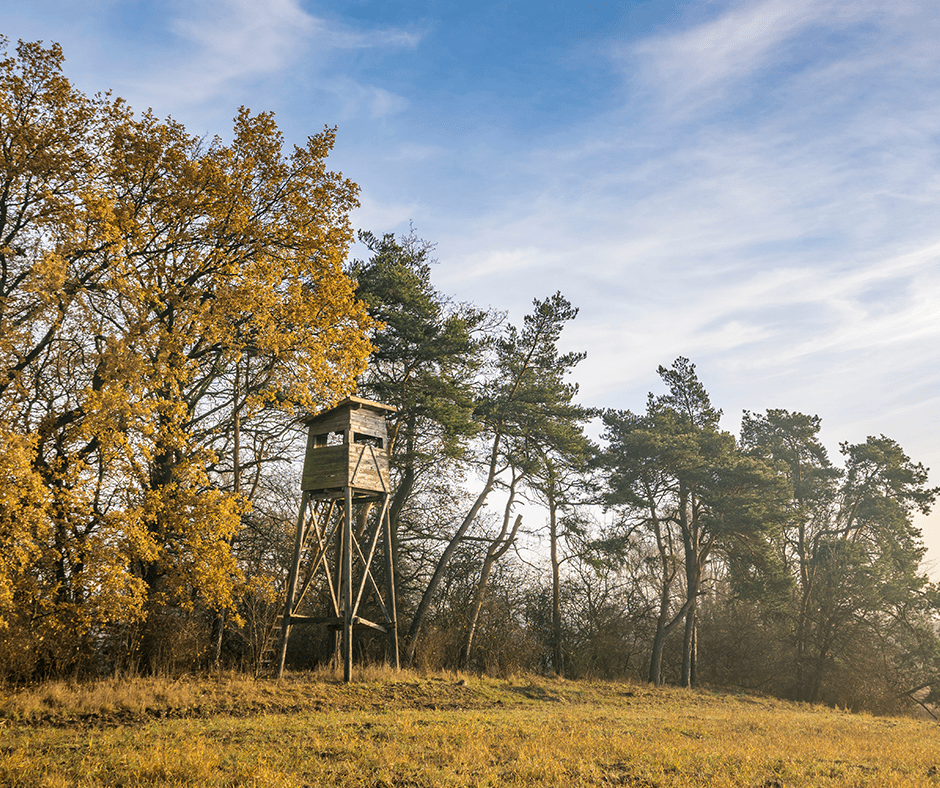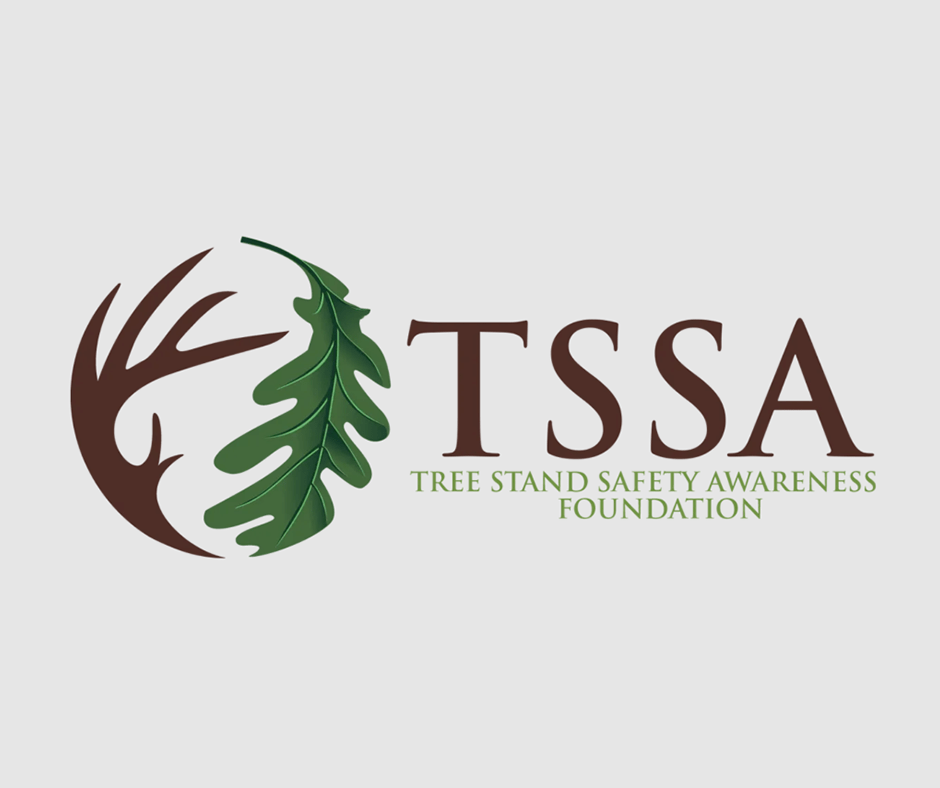September is Tree Stand Safety Awareness Month! All of your loved ones want you to make it back to them safely so before you head back out into the woods this season, remember your ABCs of tree stand safety! The Tree Stand Safety Awareness Foundation‘s ABCs of tree stand safety were created to help hunters stay safe in their tree stands:
- Always remove and inspect your equipment
- Buckle on your full-body harness
- Connect to the tree before your feet leave the ground
- Destination – Always share your tree stand location with your friends and family
By performing these 4 simple steps, tree stand users can virtually eliminate their risk of falling to the ground as the majority of falls occur outside the stand. TSSA encourages all hunters to take tree stand safety seriously, every time you hunt from, hang, or remove a tree stand.
Hunting from an elevated position provides advantages, however it also presents certain risks. The majority of injuries and deaths occur because the user was not following proper safety procedures. By following a few easy steps, these accidents could be prevented.



Leave A Comment